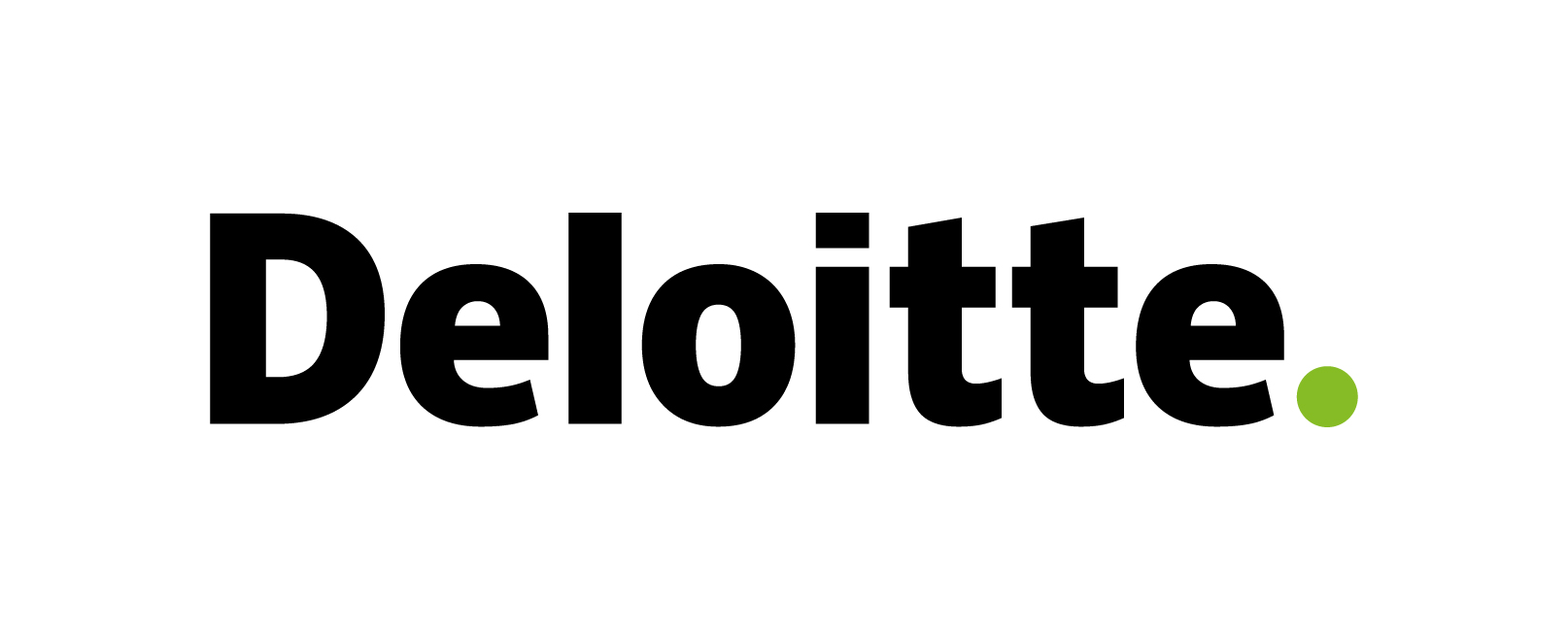The True Economic Value Of Women
The True Economic Value Of Women
Every year in the lead up to Mother’s Day, analysts and pundits are busy calculating the holiday’s economic impact. This year, consumer spending is expected to reach around $18.6 billion, according to the National Retail Federation. But maximizing the real economic value of women needs to be seen as a core strategy of the recovery and part of the dialogue year-round.
These were among the challenges discussed at the White House forum on women in the economy. It was a valuable opportunity for business leaders and our counterparts in government to focus on the best practices and solutions to help women--and our nation--get to where we need to be to fuel a stronger economy and greater competitiveness.
There’s no question that America has come a long way to bring women into the economic fold. Women make up half of the U.S. workforce and comprise $5 trillion in purchasing power, according to “The Gender Dividend,” a report released by Deloitte Touche Tohmatsu Ltd. Global Public Sector. In addition, women influence half of private wealth in the United States, and surveys continue to reveal women often take the lead in spending decisions in the household.
But lately progress has slowed, in part because of the recession, but also because Americans have been lulled into a sense of stagnation. Our nation cannot afford to become complacent--there is still a long way to go to achieve equality, particularly in the boardroom. Though nearly 73 percent of Fortune 500 companies now have at least one female executive officer, just three percent are led by women and the percentage of women corporate officers has flatlined. According to Catalyst, it could take until 2075 before women have reached parity with men on corporate boards.
We need to do more to consistently move women into key decision making and leadership roles--the roles that have the greatest impact on business success. And this is only going to grow more urgent; all demographic data suggests that women are among our nation’s fastest growing workforce and consumer base.
More than ever before, supporting women in the workplace and marketplace should be viewed as a business and economic imperative. The return on investment--the gender dividend--is exponential. This means that every investment made to help women advance in the workplace and in the marketplace yields greater returns for our businesses, our communities, and our economy. For example, Fortune 500 companies that rank in the top quartile for women representation on their boards outperform the bottom quartile by more than 53 percent on return on equity, according to Catalyst. That’s the gender dividend in action.
In the U.S., Deloitte has seen this return first hand, experiencing a period of tremendous growth under the chairmanships of Sharon Allen and Punit Renjen--the first woman and first person of Indian heritage, respectively, to chair any of the Big 4 professional services organizations. Today, one-third of our partners and principals are women, up from seven percent 20 years ago. In addition, one-third of our board is also composed of women and 15 percent minorities. This progress has been possible because we’ve made leadership development and inclusion a priority, particularly for women. We’re investing in “sponsorship,” a more structured form of mentorship, with the goal of increasing the number of women in the pipeline for management and leadership roles. Our Deloitte University leadership center is a centerpiece of our learning and talent development strategy that enables all of our people to be the leaders of tomorrow.
Deloitte, like our nation, has come a long way, and while I am pleased, I am not satisfied. As business leaders we all must be intentional in our efforts and keep innovating for the next frontiers of women’s advancement. For example, one area of focus should be women of color. Unemployment rates among black and Hispanic women are higher than the national average – and higher than they’ve been for these groups in decades. Hispanic women make 54 cents for every dollar a white man earns, according to the National Women’s Law Center. And corporate strategies still fail to meet the needs of a culturally diverse workplace. Improving this is a business imperative.
The private sector can also do a better job of investing in women and girls before they enter the workforce. One particular area in need of innovation is moving more women into roles in science, technology, engineering, and mathematics. Today, fewer than 25 percent of these jobs are held by women. More can and should be done to develop skills and confidence that will encourage women to take a bigger lead in these industries poised for sustained job growth.
It’s not just about investing in women in the workforce, it’s about investing in all women, whether it’s through mentorship opportunities, corporate giving programs, or community initiatives. Last month, Deloitte announced that we are investing $110 million in pro bono services to help nonprofit organizations across the country, many of which have a tremendous impact on the lives of women and the issues important to them, particularly education.
For Deloitte, it’s more than being a good corporate citizen, investing in women makes us a better business by helping our clients and our stakeholders. We’re giving women a hand, not a hand-out. And by doing so, we’re also strengthening families, communities, and the world we’re going to leave for our children.
So rather than talking about the economic boom Mother’s Day brings but once a year, let’s change the conversation to how we in the private sector can increase women’s economic vitality all year round. But most importantly, we must act to ensure women’s economic strength translates into a stronger America for us all.
--Author Joe Echevarria is CEO of Deloitte LLP

